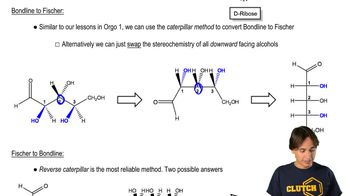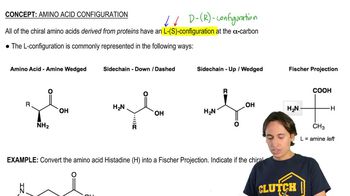c. Draw d-idose, the C3 epimer of D-talose. Now compare your answers with Figure 23-3.
d. Draw the C4 “epimer” of D-xylose. Notice that this “epimer” is actually an L-series sugar, and we have seen its enantiomer. Give the correct name for this L-series sugar.






